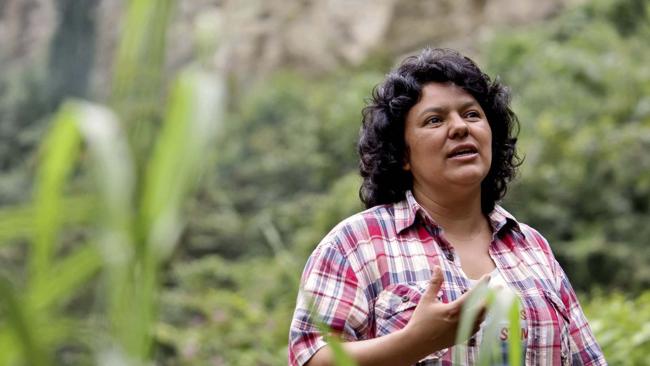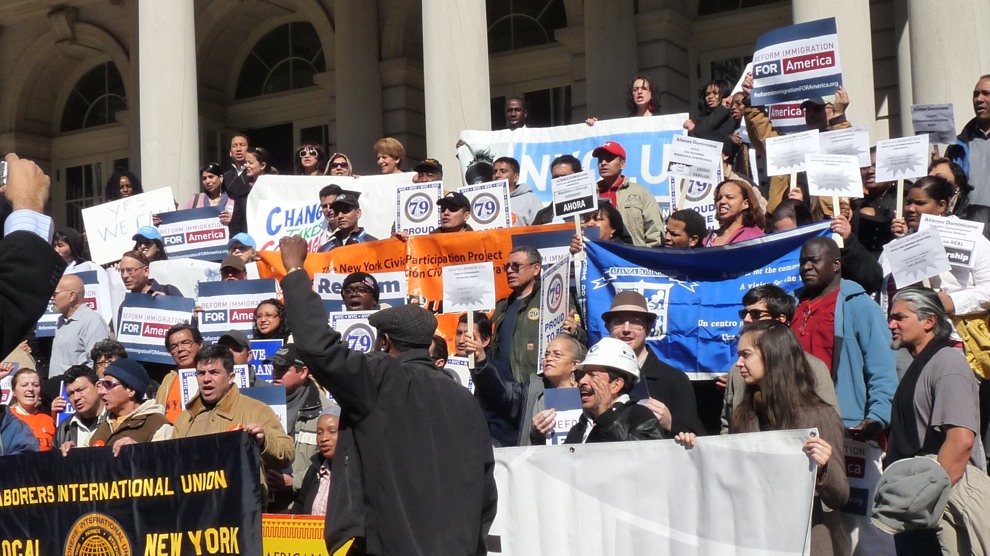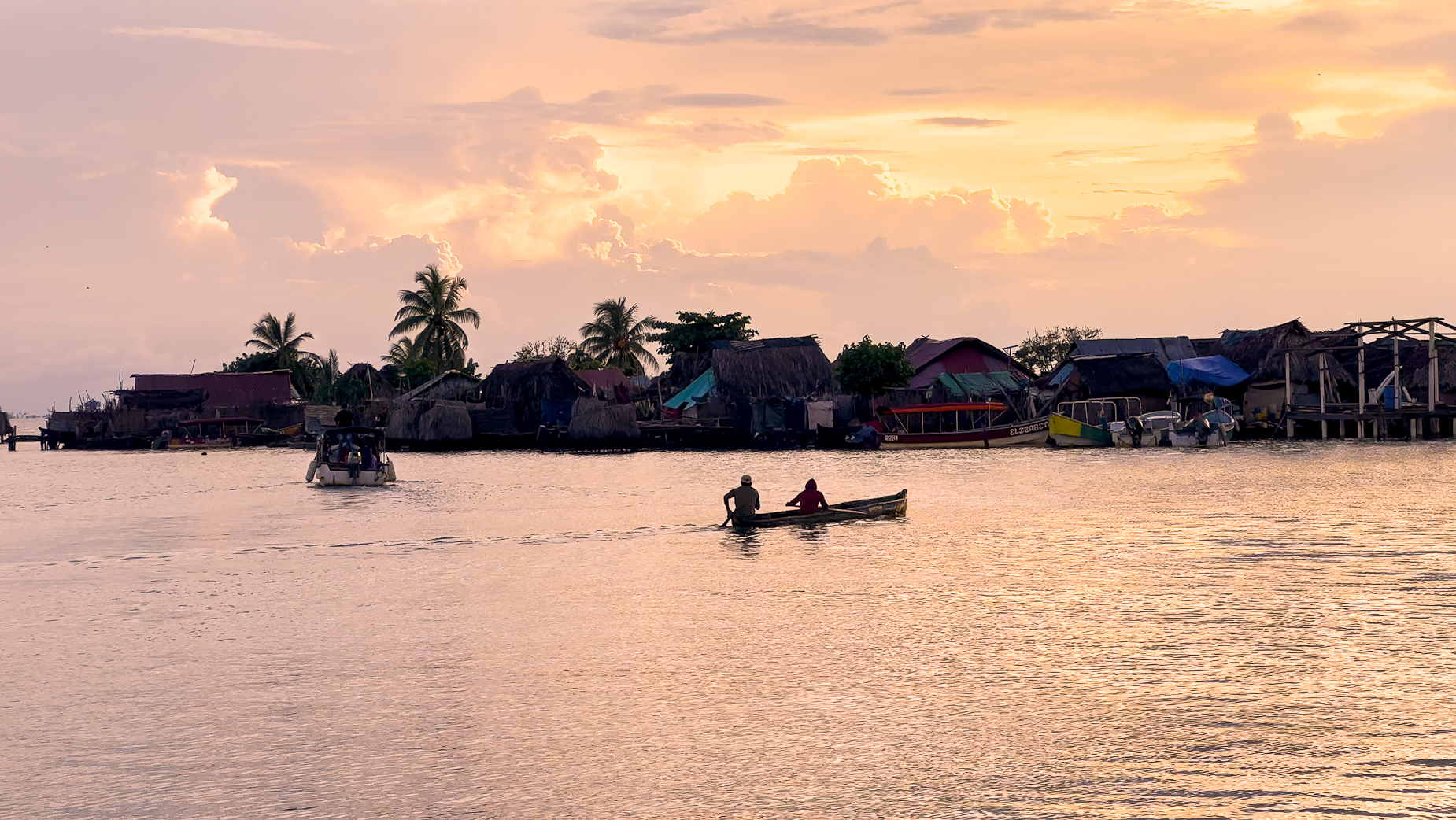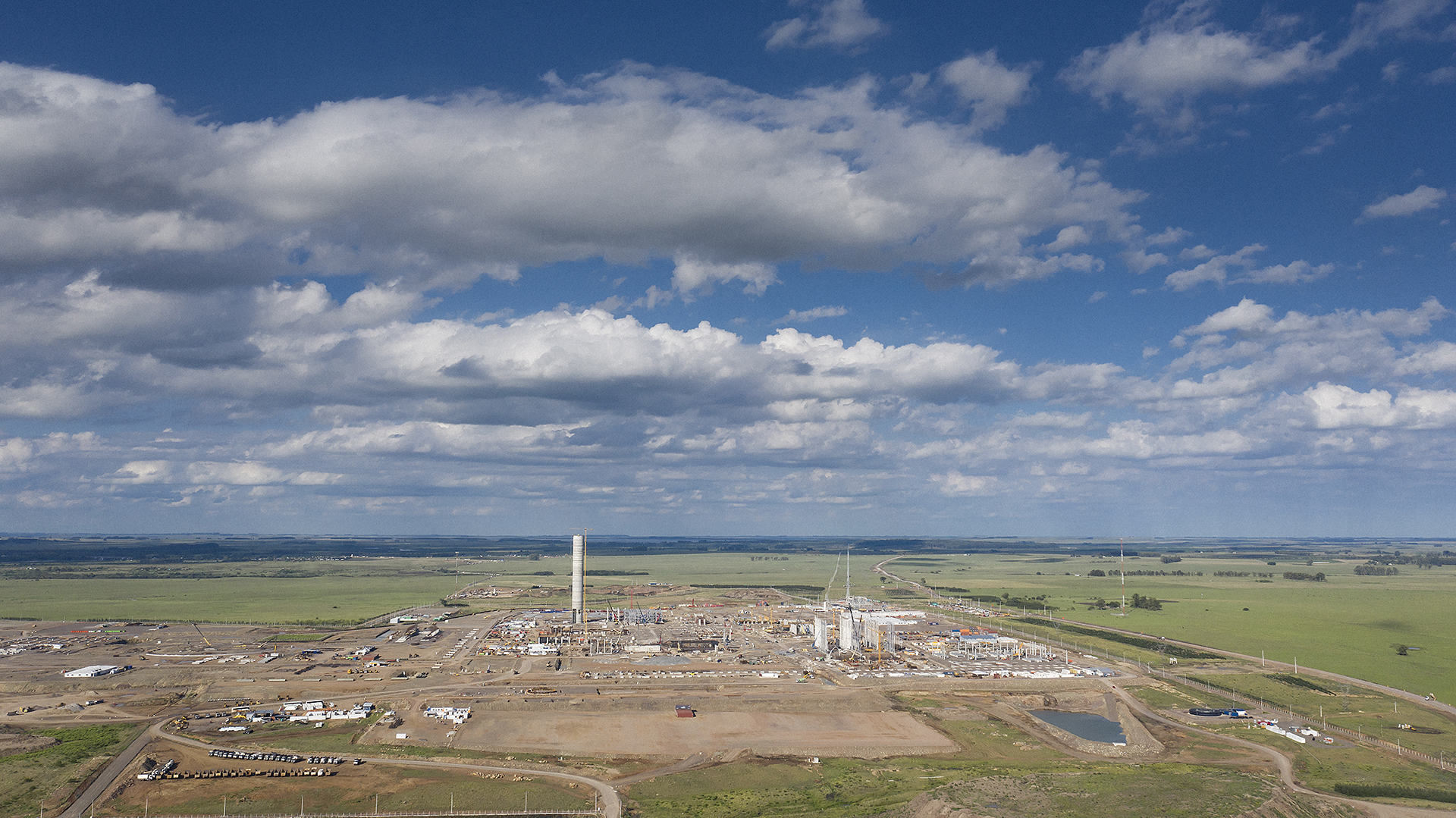
Dispatches, Features, Regions, Southern Cone, Uruguay
Uruguay readies fines for huge UPM eucalyptus tree nursery
November 18, 2022 By EcoAméricas
This story was written by Javier Lyonnet for the October 2022 issue of EcoAméricas. Click here to see the original story.
A eucalyptus-tree nursery in Uruguay operated by the Finnish pulp-manufacturing giant UPM faces escalating fines for allowing agrochemical-tainted water to flow into a stream in western Uruguay.
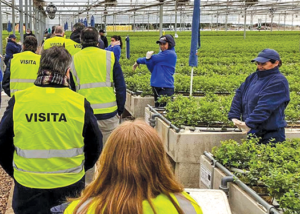
UPM’s vast tree nursery in Guichón, Paysandú, has drawn regulatory scrutiny over discharges into a local stream and agrochemical use. (Photo courtesy of UPM)
Uruguay’s Environment Ministry announced Oct. 14 that UPM will be fined US$25,000 and assessed progressively greater penalties until it controls discharges from its irrigation-water recycling system, which has been identified as the source of the pollution.
The company is also being required to upgrade tracking of pesticide use at the nursery, located in the Paysandú department municipality of Guichón, about 80 kilometers (50 miles) east of the Uruguay River.
The Environment Ministry disclosed in May of this year that there was “evidence of discharge from the nursery” with “clear evidence of the presence” of pesticides and had warned UPM it might be fined for violating the country’s Water Code.
The Uruguayan Ministry of Livestock, Agriculture and Fishing (MGAP) is also scrutinizing the vast nursery, which produces 15 million seedlings a year at a complex that includes 45,000 square meters (484,000 square feet) of covered growing space. The separate MGAP inquiry, underway since Nov. 2021, is aimed at determining whether the UPM facility has been using agrochemicals that are not authorized for nurseries. Fernando Mattos, the head of the ministry, has said that strict sanctions against UPM will likely result.
Began with local complaint
Concerns about the discharge of pollutants, the focus of the Environment Ministry’s regulatory action, was first raised by a local environmental group, Guichón Collective for Natural Resources. The group complained that the nursery was sending untreated effluent into a drainage canal that leads to the Santana, a stream that forms part of Uruguay’s Queguay River watershed.
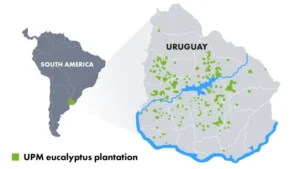
According to UPM, they manage around 459,000 hectares of land, of which roughly 60% is planted with eucalyptus. (Photo: UPM)
Subsequent water-sample analysis by MGAP found fungicides, herbicides and insecticides present in the discharges, along with arsenic and iron, which gave the effluent a reddish color, according to a Feb. 21 agency document. Fish die-offs in the area suggest the contamination took a toll on local aquatic life.
Appearing before the Uruguayan Senate’s Environment Commission on Sept. 6, Marcelo Fagúndez, a leader of the Guichón Collective, said the discharges occurred just four kilometers (2.5 miles) upstream of the Santana’s confluence with the Queguay. The Queguay, he pointed out, is part of a 40,000-hectare (99,000-acre) protected area.
“As a result, what is happening with the discharges from the UPM nursery is doubly worrying,” Fagúndez told senators. The Queguay basin has Uruguay’s best water quality, according to a study by the University of the Republic’s Fluvial Ecology Center in Paysandú. “We can use this basin as a reference point because it has relatively low levels of phosphorus and nitrogen, and high levels of oxygen,” says Christine Lucas, leader of the team that conducted the study.
The only exception, she adds, is the Santana—the stream near the nursery—which had shown elevated levels of nitrogen and phosphorus. That finding prompted MGAP to investigate the types of chemicals being used by the enormous nursery. They determined that 17 of the 19 phytosanitary products declared by UPM—11 fungicides, five insecticides and an herbicide—are not authorized for use in nurseries, says an MGAP document dated July 15. Four are listed as Category 2, or moderately dangerous, by the World Health Organization.
Company pushes back
UPM has responded that the compounds it is using “already are authorized for intensive use in the agricultural and horticulture sector” and are proposed for use in tree nurseries.
Fagúndez accuses the company of downplaying the situation so it “doesn’t look bad.” In an interview with EcoAméricas, he said: “There’s a reason [those compounds] are not authorized for use in tree nurseries. There are Category 2 substances in a closed area where many people [some 200] are working.”
In 2014, two years after the opening of the UPM nursery—one of two it operates in the country—environmental officials told the company to address discharges, “but it continued sending effluent into the stream,” Fagúndez says. Fagúndez says his group views monetary fines as an insufficient response. “We call on the government to require [UPM] to find a way to repair the damage water pollution caused to the ecosystem and biodiversity,” he says.
Local residents say that aside from seeing many dead fish, they have noticed a decline in turtle numbers, and “we have observed that animals such as nutrias and birds have died,” Fagúndez told senators.
UPM’s nurseries supply a massive company mill that has operated since 2007 in Fray Bentos, on the banks of the Uruguay River, with a capacity of 1.3 million tons of pulp annually. The company plans to open an even larger pulp mill next year in central Uruguay, one capable of producing 2.1 million tons of pulp annually.
About EcoAméricas
EcoAméricas provides objective coverage of Latin American environmental issues and trends for an international audience of academic institutions, environmental organizations, businesses and government agencies.


